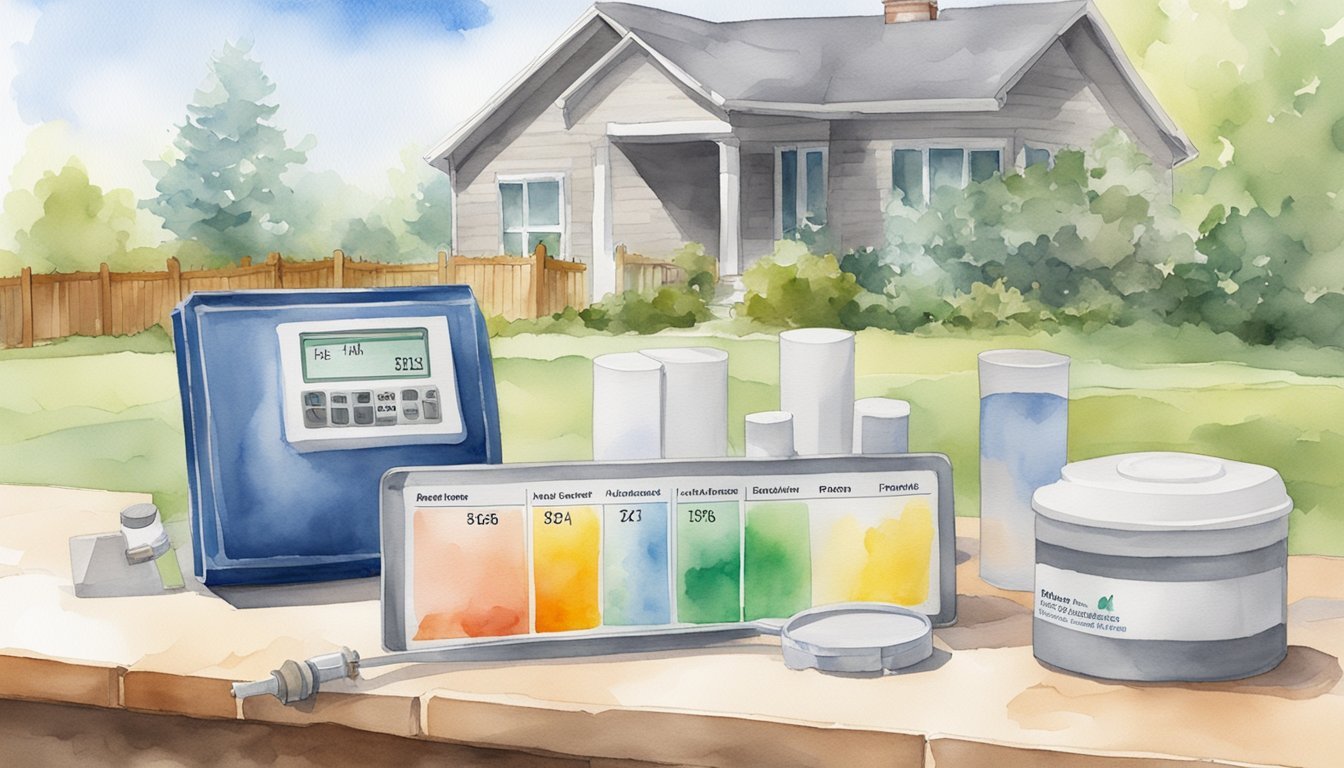Understanding Radon
Radon is a naturally occurring radioactive gas that has significant health implications for humans. This section explores both the basic properties of radon and its effects on health, as well as its sources and scientific behavior.
Radon Basics and Health Implications
Radon, with an atomic number 86, is a colorless and odorless noble gas that appears in the environment mainly from the natural decay of uranium. Part of the periodic table’s noble gases, radon is defined by its radioactivity, which poses risks including lung cancer, the severity of which is compounded for smokers. According to the EPA and the Surgeon General, radon is the second leading cause of lung cancer in the U.S., and its health hazards may be greater for children.
Sources and Science of Radon
Radon originates from rocks and soils as a result of the radioactive decay of elements like uranium, radium, and thorium. While outdoor radon levels are generally low and diluted by the atmosphere, indoor radon can reach higher concentrations, especially in areas with uranium-rich granite or similar geology. Research indicates that indoor radon exposure, measurable in picocuries per liter, is a major health issue, with the half-life of radon-222 allowing it to persist and accumulate in unventilated indoor spaces. The Environmental Protection Agency encourages regular tests for indoor radon to ensure safe levels are maintained.
Testing and Mitigation Strategies

The safety of indoor environments from radon gas, a health hazard, can be ensured by regular testing and adopting reliable mitigation strategies. It’s crucial for homeowners and building managers to understand the guidelines for testing radon levels and the methods to effectively reduce its presence.
Guidelines for Radon Testing
Testing for radon is the first step in protecting homes and buildings from the risks associated with this radioactive gas. The U.S. Environmental Protection Agency (EPA) recommends that all homes below the third floor, especially basements, be tested for radon. Short-term testing can take from 2 to 90 days, and long-term tests measure radon levels for more than three months. It’s advised to test for radon during different seasons as levels can vary. The results are measured in picocuries per liter (pCi/L), with 4 pCi/L set by the EPA as the action level. If the radon levels exceed this standard, mitigation is necessary.
Effective Radon Reduction Methods
When a home or building tests above the EPA action level, implementing radon reduction methods is essential. Methods like passive sub-slab depressurization have been shown to decrease radon levels by up to 70%. For higher effectiveness, a radon fan can be added. Sealing cracks in floors and walls also prevents radon from entering a building. Additionally, increasing ventilation can help reduce radon concentrations in indoor air. These methods are part of a comprehensive mitigation approach that homeowners and building managers can adopt following EPA protocols and local regulations. The National Radon Program Services at Kansas State University also offer guides and resources to aid in reducing high radon levels.

